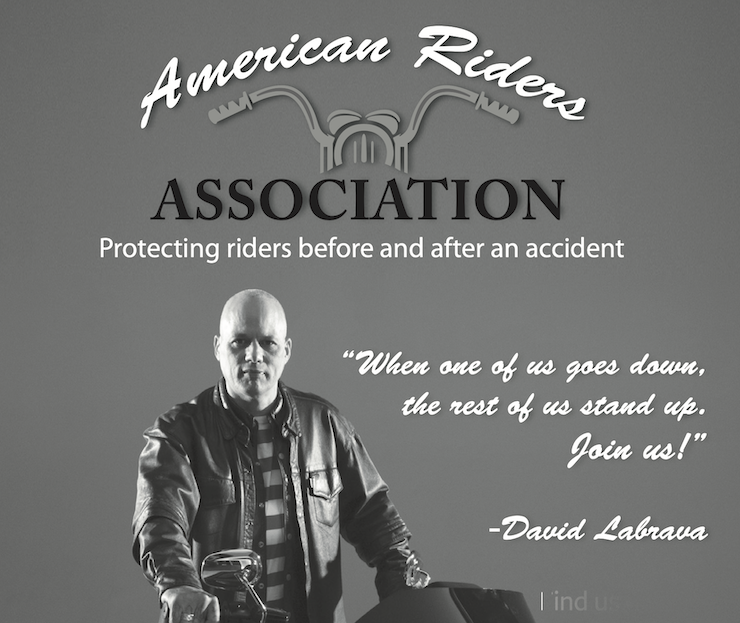Back in the gritty ’80s, Reverend Robert “Kaiser” Hershberger was the leather-clad holy man of the biker world—a preacher, a fighter, and a rebel with a cause. This one-legged road warrior from Connecticut wasn’t just another loud voice; he was the real deal—an ordained minister with a business card that read like a resume for a freedom-fueled crusade. Lobbyist, safety advocate, publicist, and protector of the underdog, Kaiser stood tall (prosthetic and all) against helmet laws and government red tape. He even founded the Mission Church of Bikers International, trying to claim helmet-wearing violated their religion. It didn’t fly, but the man rolled hard with a Bible in one hand and the throttle in the other, his tattered flags whipping behind his ’77 BMW.
The Reverend didn’t just bark—he bit. When lawmakers questioned whether disabled riders deserved handicapped plates, he slammed his prosthetic leg on the table and said, “There’s my motorcycle outside. There’s my leg. You tell me I’m not handicapped.” That stunt helped pass the nation’s first law giving disabled bikers proper license plates in Connecticut, and later on in Florida. “I fought with them for about eight years,” he later told the News-Press in Fort Myers in 1993 after he’d moved down to Florida and was trying to get a similar measure passed there in the Sunshine State. “They said if you’re handicapped, you can’t ride a motorcycle and if you can ride a motorcycle, you’re not handicapped.” His war cry? “Let those who ride decide.”
They got the law passed in Florida too, and now just about every state gives disabled motorcyclists a shot at getting legit access to reserved parking spots. But here’s the kicker— unlike cars, bikes don’t have dashboards or mirrors to hang those standard placards on. So states had to get creative. Most now issue disability decals or custom plates stamped with the international handicapped logo, made just for motorcycles. It’s not just a kind gesture—it’s the law, enforced under the Americans with Disabilities Act (ADA) of 1990 to guarantee everyone equal access to public spaces.
With the average biker getting older, spotting a disability plate on a Harley isn’t rare anymore. If you’re wondering whether you qualify, the process is basically the same as for any other driver: check with your doctor and go through your state’s application. While qualifications vary by state, some of the medical conditions that could qualify you to receive one of these special license plates are:
– The inability to walk 200 feet without resting;
– Uses portable oxygen;
– Cannot walk without the use of assistive device;
– Heart, lung, or circulatory disease;
– Is severely limited in the ability to walk due to arthritic, neurological, or orthopedic condition; or is blind or visually impaired.
Fortunately, getting a disabled plate or placard in Ohio pretty straightforward—no bureaucratic maze, just a few steps and you’re set to roll. First, grab the application online or swing by your local BMV. Then, hit up your doc to fill out the medical part, signing off on what’s holding you back—might even need a prescription. Once that’s done, drop it off or mail it in with a few bucks (placards run just $3.50). A couple weeks later, boom—you’ve got your tag, and you’re legally locked and loaded to park in those reserved spots, whether you’re riding or riding shotgun.
If you’re a disabled vet, the process is even smoother—no doctor’s note needed. Just slap down a letter from the VA showing your service-connected disability and you’re good. Ohio even waives some fees if you’re 100% disabled, because respect is earned, not handed out. These tags are honored in all 50 states, and some places even toss in free metered parking for vets. But don’t get any bright ideas—misusing that tag is a fast lane to a $500 fine or worse. Start forging placards and you’re flirting with prison stripes. So do it right, ride proud, and park like you own the damn lot—because when you’ve fought hard enough just to ride, you’ve earned that space.












